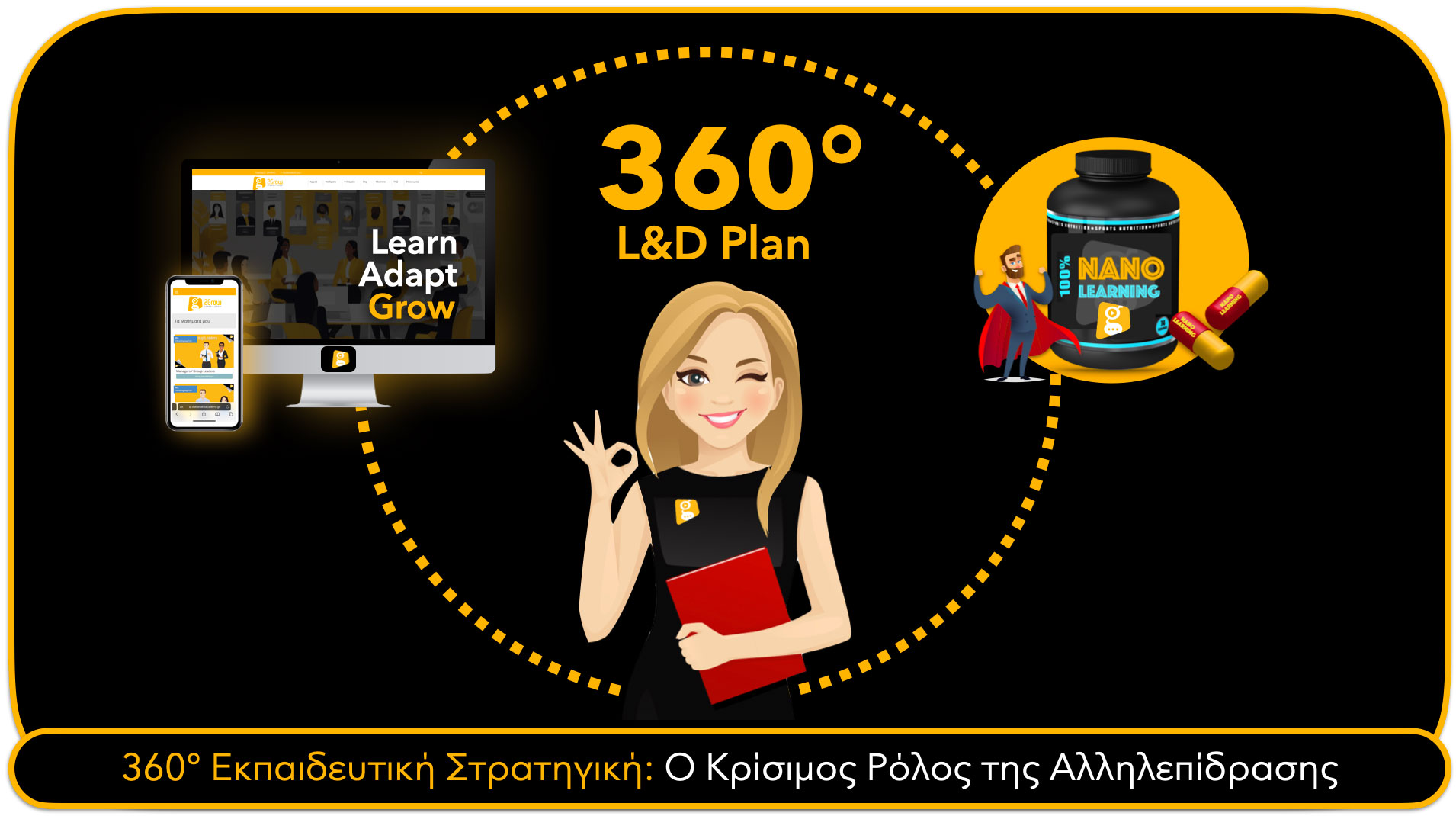
360° Education Strategy: The Role of Interaction
Educational experience that combines different methodologies is now necessary for professional development. A 360° Education strategy, including synchronous (face-to-face or tele-education), asynchronous training and Nano Learning, can offer maximum results. However, it is the role of interaction that determines its real success.
Why is interaction important?
Research shows that training programs that do not effectively connect their various elements can not only fail to augment effectiveness, but can also confuse or reduce learner interest. Interaction ensures that all parts of the strategy work in harmony, creating an integrated and engaging learning experience.
Strategies for Interconnecting the Elements:
1 Modern Education as a Foundation
Lively interaction enables learners to deepen concepts and exchange views with instructors and colleagues. This form of training should include:
▪️ Reports or activities based on the content of asynchronous courses.
▪️ Link to upcoming Nano Learning segments through specific examples or objectives.
2 Asynchronous Lesson as a Link
Asynchronous learning offers flexibility. To enhance synchronous education:
▪️ Can include “preliminary” lessons that prepare the audience for the live experience.
▪️ Provides resources that serve as a reference for live education discussions.
3 Nano Learning: the Continuous Reinforcement
Daily small doses of learning sustain interest and consolidate knowledge, while being instrumental in changing behaviours and habits. To connect effectively:
▪️ Content should be direct and focused on previously covered skills or concepts.
▪️ Motivate learners to link Nano Learning videos or quizzes to examples of their own work.
A Permanent “Learning Centre”
A central, permanent course on the learning platform can serve as the hub of this strategy. This course:
▪️ Serves as a link to all parts of the learning experience.
▪️ Provides digestible and understandable content that learners can refer to at any time.
▪️ Fosters a constant link between theory and practice.
Benefits of the Integrated Approach
Well-designed interaction:
▪️ Enhances learner engagement.
▪️ Ensures the application of knowledge in practice.
▪️ Creates a learning experience that is continuous, adaptive and practical.
With the right integration of interaction, a 360° Education is not just a method of learning – it is a journey that inspires, empowers and develops human potential.
Download the eLearning Guide for free
A practical guide to creating a cost-effective eLearning training plan for your business, quickly and efficiently.
What you will learn:
► How to explore the needs of the business
► How to assess value/benefit
► How to evaluate learners
► How to create learning paths
► How to choose content and methods
► How to communicate it to employees and the company
► How to choose an eLearning Platform

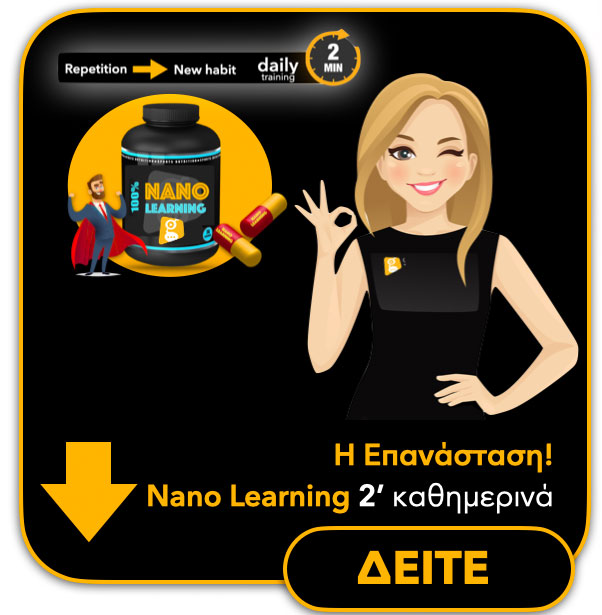
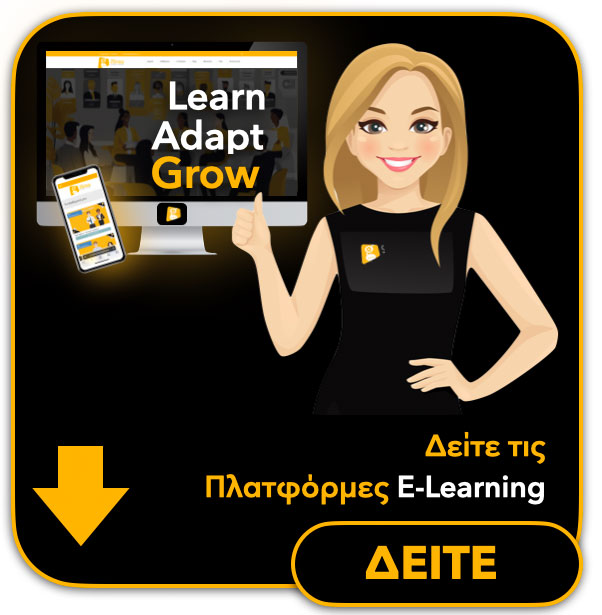
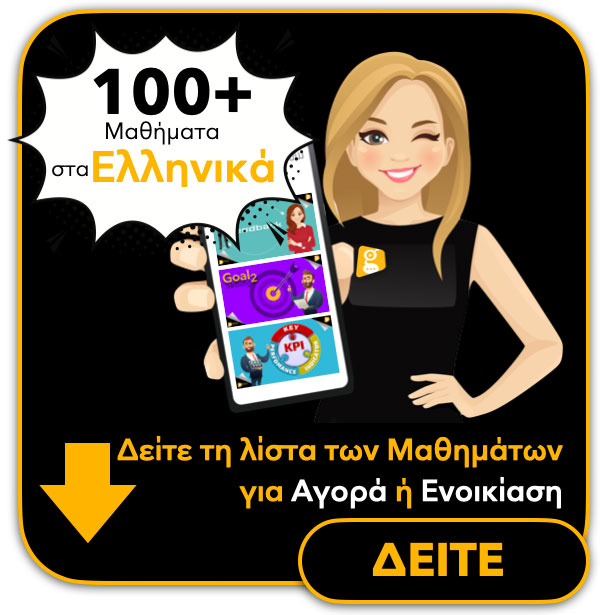
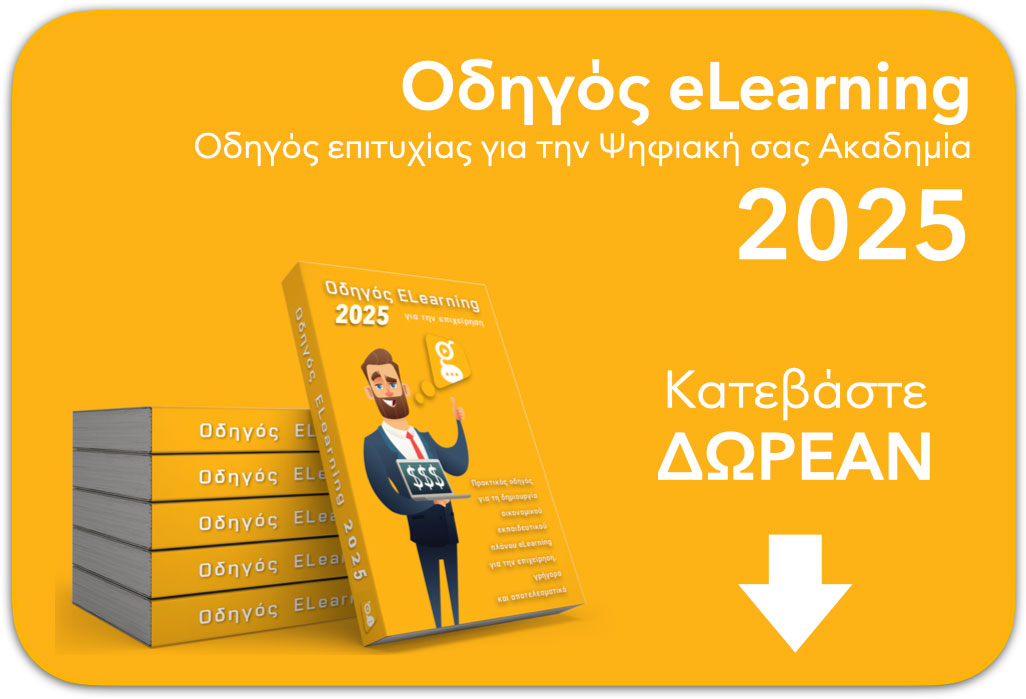

Leave a Reply